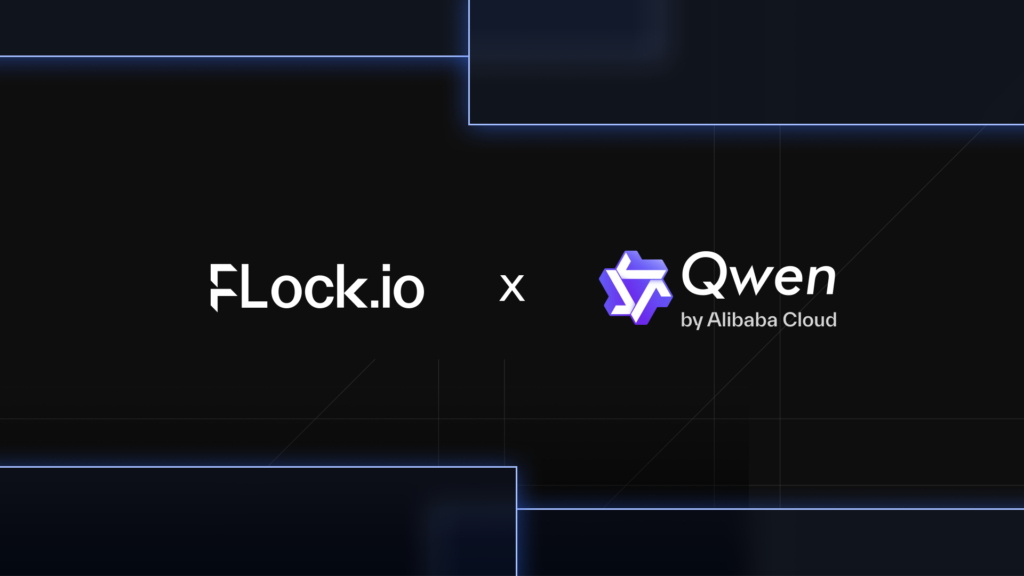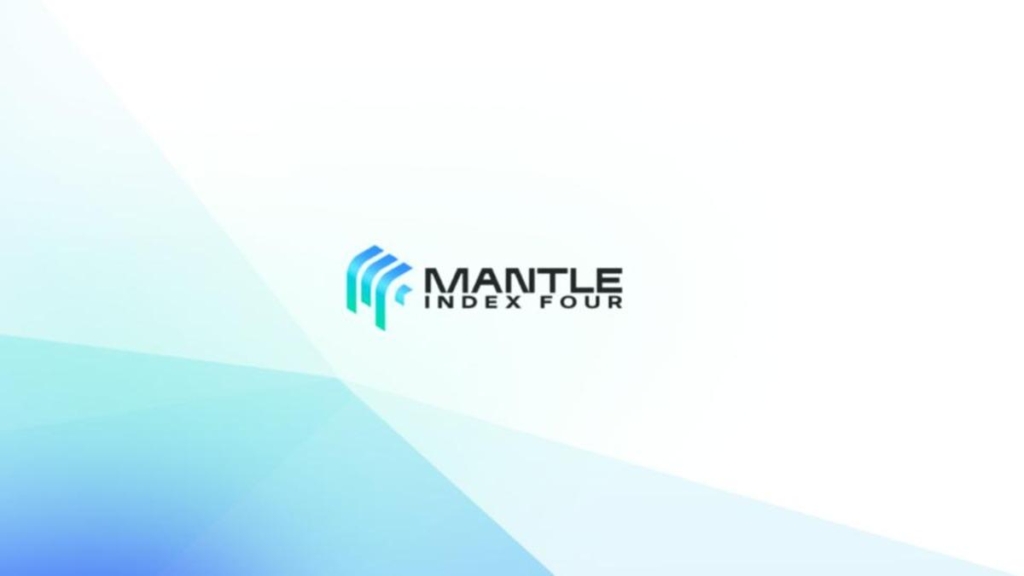Chainbase announced it has successfully secured $15 million in a Series A funding round to enhance the development of on-chain data networks. Notable investors such as Tencent and Matrix Partners have participated in this funding round.
The company’s objective is to function as a transparent and accessible data framework during the era of artificial intelligence. It seeks to overcome the obstacles of openness and fairness that are impeded by the centralized control of data held by dominant corporations. Chainbase’s omnichain data network provides a cohesive, adaptable, and transparent solution to enable universal access to on-chain data.
Chris Feng, one of the founders and the Chief Operating Officer (COO) of Chainbase, highlighted the significance of precise and up-to-date information for developers and projects.
This aligns with the potential dangers linked to artificial intelligence, namely generative AI. The capacity of Chainbase to deliver superior, up-to-the-minute data is important for a multitude of applications, encompassing data analytics, security, DeFi, and wallets.
The platform’s objective is to appeal to a large number of developers and retail consumers by establishing uniform interactive interfaces for blockchain data. Its goal is to restore the value of this data to the individuals who created, discovered, and used it.
Chainbase presently enables the execution of more than 500 billion data requests, which facilitates the generation, handling, standardization, and modeling of cryptocurrency data.
Feng recognized the forthcoming difficulties, such as the need to entice further on-chain activity beyond trade and asset issuance. Nevertheless, he is certain that the platform has the capability to attract a substantial number of interactive applications.
Feng disclosed his intentions for the latter part of the year, which encompass the implementation of the data network on the mainnet and the augmentation of contributors. Chainbase intends to release its decentralized ecosystem between October and November and incorporate it with platforms such as OpenStack.



